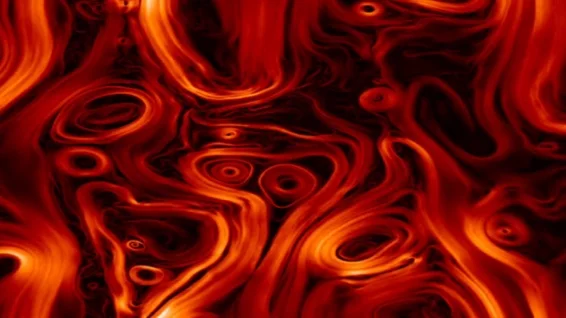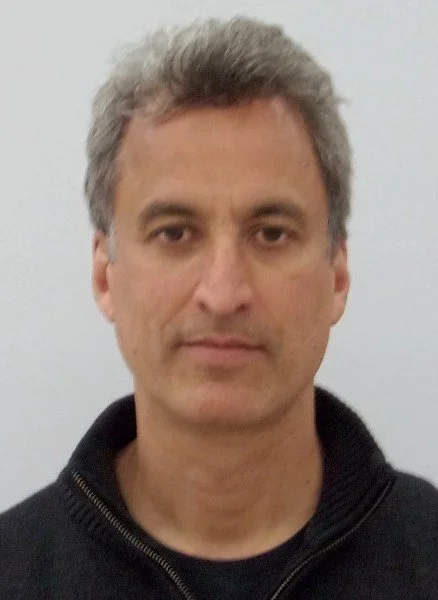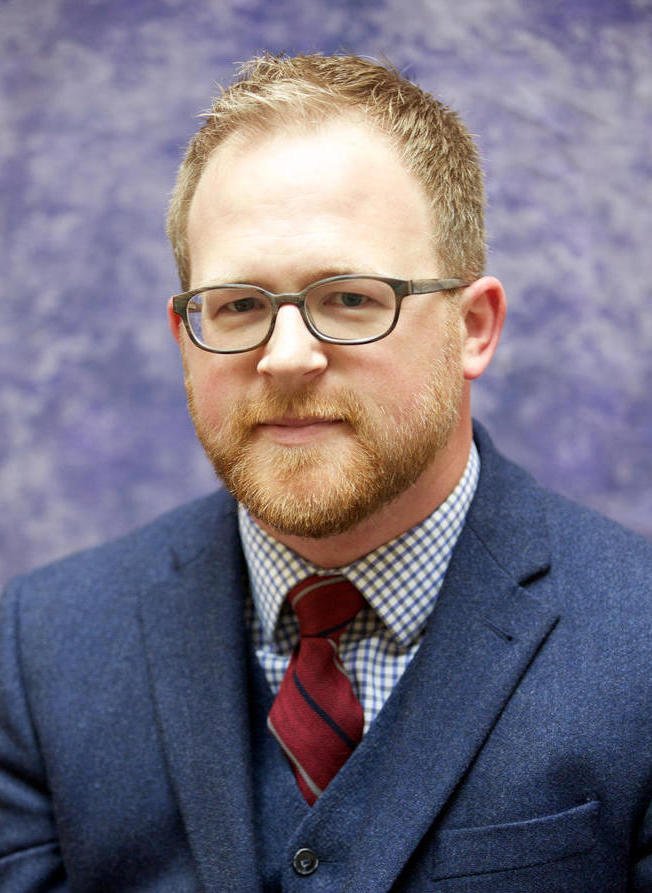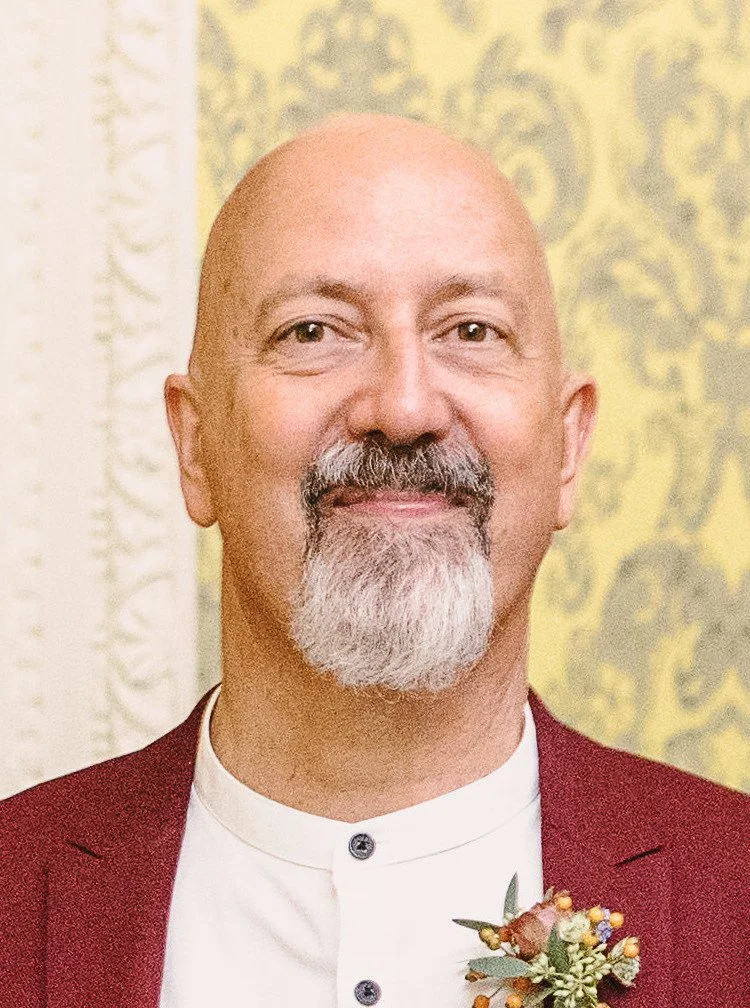Benjamin Chandran is a Professor of Physics and Astronomy at the University of New Hampshire (UNH). Prof. Chandran works in the areas of theoretical plasma physics, space plasma physics, and astrophysics, particularly problems that bridge two or more of these fields, such as plasma turbulence. He received degrees in Physics and History from Yale University in 1990 and a PhD in Astrophysical Sciences from Princeton University in 1997. His commitment as an educator has been recognized at UNH by an Award for Excellence in Teaching. Prof. Chandran is a fellow of the American Physical Society.
Damiano Caprioli is an Assistant (Associate starting Oct 2023) Professor at the University of Chicago in the Department of Astronomy and Astrophysics. After earning his PhD from the Scuola Normale Superiore di Pisa in 2009, he spent time as a postdoctoral research associate at the Arcetri Observatory in Florence, Italy and at the Department of Astrophysical Sciences of Princeton University. He then joined the faculty at Chicago in 2016. Prof. Caprioli’s research group investigates the non-thermal nature of astrophysical plasmas and energetic particles (cosmic rays) via both analytical and numerical techniques. He is also interested in the impact of non-thermal particles and magnetic fields on galaxy evolution and in other methods of testing particle acceleration theories, such as laboratory plasma experiments and in-situ measurements in the heliosphere.
David Hosking is a Postdoctoral Fellow at the Princeton Center for Theoretical Science (PCTS) and a Research Fellow at Gonville & Caius College, Cambridge. Dr. Hosking uses a combination of analytical theory and numerical experiments to study waves, instabilities, and turbulence in astrophysical fluids and plasmas. He earned his Masters in Mathematical and Theoretical Physics in 2018 and his DPhil in Astrophysics in 2022, both from the University of Oxford. Most recently, Dr. Hosking was awarded the PhD Research Award of the European Physical Society Plasma Physics Division for his transformative work on the decay of magnetohydrodynamic turbulence and the primordial origin of magnetic fields in cosmic voids.
Jim Stone is a Professor in the School of Natural Sciences of the Institute for Advanced Study (IAS) in Princeton, NJ and an Emeritus Professor of Astrophysical Sciences at Princeton University, where he had served as Department Chair and Lyman Spitzer Jr. Professor of Theoretical Astrophysics from 2016 to 2019. After earning degrees from Queen’s University, Kingston and the University of Illinois at Urbana-Champaign, he joined the faculty of the Department of Astronomy at the University of Maryland, College Park in 1991. In 2002 he became Professor of Mathematical Physics (1978) at the University of Cambridge and then, in 2003, Professor in both the Department of Astrophysical Sciences and the Program in Applied and Computational Mathematics at Princeton University. Prof. Stone’s influence and leadership in the field of computational astrophysics has been recognized with numerous prizes and, most recently, memberships of the National Academy of Sciences and the American Academy of Arts and Sciences.
Libby Tolman is a Flatiron Research Fellow at the Center for Computational Astrophysics at the Flatiron Institute in New York City. Dr. Tolman uses a combination of analytical techniques and numerical tools to investigate a wide range of plasma physics problems in astrophysics. She earned her AB in Physics from Princeton University in 2015 and her PhD in Physics from MIT in 2020, where she focused on plasma stability and particle transport in high-magnetic-field fusion devices. She serves on the Advisory Board of the Journal of Plasma Physics. Currently, Dr. Tolman is interested in pulsar radio emission, magnetic reconnection in partially ionized astrophysical plasmas, and AGN jets.
Louise Willingale is an Associate Professor at the University of Michigan in the Electrical and Computer Engineering department and the Associate Director for the NSF ZEUS facility at the Gérard Mourou Center for Ultrafast Optical Science. Prof. Willingale researches experimental high-intensity laser-plasma interactions, with a focus on relativistic electron heating, ion acceleration, proton radiography, magnetic-field generation, and reconnection. From Imperial College London, she received a MSci in Physics in 2003 and a PhD in Plasma Physics in 2007. In 2008, she moved to the University of Michigan, first as a Postdoctoral Researcher, then as an Assistant Research Scientist, before becoming an Assistant Professor in 2014. In 2018, she received a Faculty Early Career Development (CAREER) Award from the NSF to study laser-driven magnetic reconnection. She became a Fellow of the APS in 2021 and a Kavli Fellow in 2022.
Matthew Kunz is an Associate Professor of Astrophysical Sciences at Princeton University and at the Princeton Plasma Physics Laboratory and is Past-Chair of GPAP. Prof. Kunz uses analytical and numerical tools to investigate magnetic fields and multi-scale plasma dynamics in a wide variety of astrophysical systems, including galaxy clusters, black-hole accretion flows, molecular clouds, protostellar cores, protoplanetary disks, and the solar wind. He received degrees in Astronomy-Physics and Music from the University of Virginia in 2003 and a PhD in Physics from the University of Illinois at Urbana-Champaign in 2009. From 2009 to 2011, he worked as a postdoctoral research associate at the University of Oxford. Afterwards, he moved to Princeton as a NASA Einstein Fellow and Lyman Spitzer Jr. Fellow, joining the faculty there in 2015. In 2017 he received a Sloan Fellowship in Physics and, in 2020, a Faculty Early Career Development (CAREER) Award from the NSF.
Mike Brown is the Morris L. Clothier Professor of Physics at Swarthmore College and Past-Chair of the APS Division of Plasma Physics. Prof. Brown has operated the Swarthmore Spheromak Experiment (SSX) for 29 years to study fundamental MHD problems connected to astrophysics. These include laboratory experiments in magnetic reconnection, plasma turbulence, and self-organization. He earned his BA in Physics from Pomona College in 1981, and his PhD from Dartmouth in 1987. He was a senior research fellow at Caltech from 1987-1994 and has been at Swarthmore since 1994. Prof. Brown is a Fellow of the APS and recipient of the APS Award for Research at an Undergraduate Institution “for his outstanding contributions to plasma physics made possible by his development of a world-class spheromak laboratory at Swarthmore College, and for his energetic mentoring of undergraduate students.”
Muni Zhou is a Presidential Postdoctoral Research Fellow in the Department of Astrophysical Sciences at Princeton University and a Postdoctoral Member of the Institute for Advanced Study (IAS) in Princeton, NJ. Dr. Zhou uses a combination of analytical theory and numerical experiments to study plasma physics problems such as magnetogenesis, plasma dynamos, and kinetic turbulence. She earned her BSc in Physics from Zhejiang University in 2016 and her PhD in Nuclear Science and Engineering from MIT in 2022, where she was supported by a Future Investigators in NASA Earth and Space Science and Technology (FINESST) Fellowship. Currently, Dr. Zhou is investigating the generation and amplification of magnetic fields in collisionless plasmas, and energy dissipation in strongly magnetized kinetic turbulence.
Sasha Philippov is an Assistant Professor in the Department of Physics at the University of Maryland, College Park. Prof. Philippov earned his PhD in Astrophysical Sciences from Princeton University in 2017. Before joining the faculty at Maryland in 2022, he spent a year as a NASA Einstein Fellow at University of California, Berkeley and four years at the Flatiron Institute as an Associate Research Scientist. Prof. Philippov is most excited about the theory and modeling of plasmas around black holes and neutron stars. A recent focus of his research group has been understanding mechanisms of coherent radio emission from neutron stars (including Fast Radio Bursts), flares from accreting black holes and merging neutron stars, and particle acceleration in black hole-powered jets.










